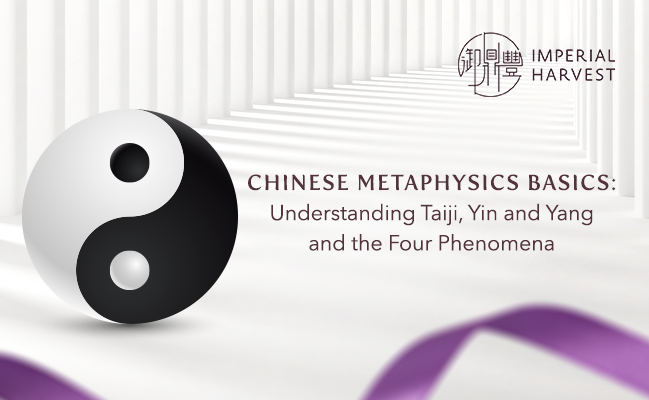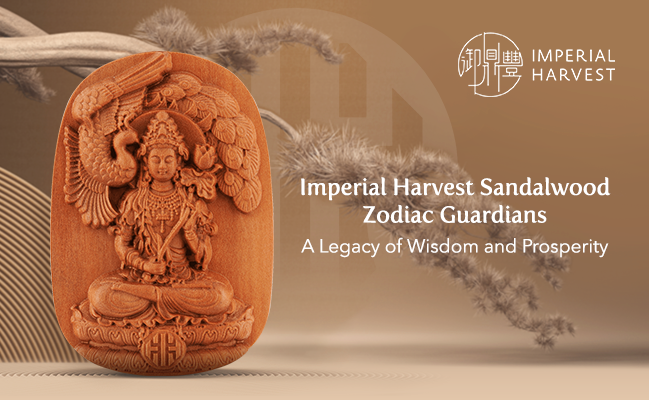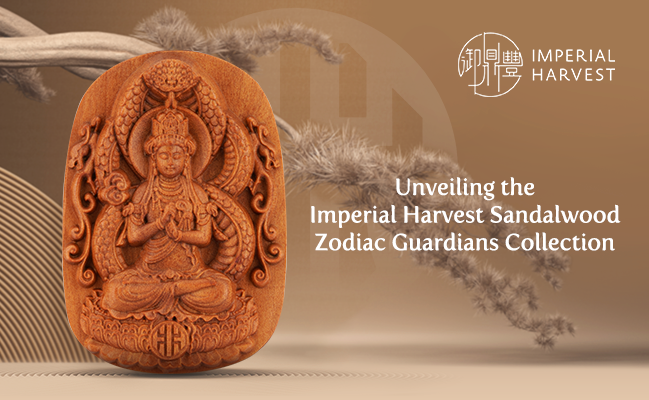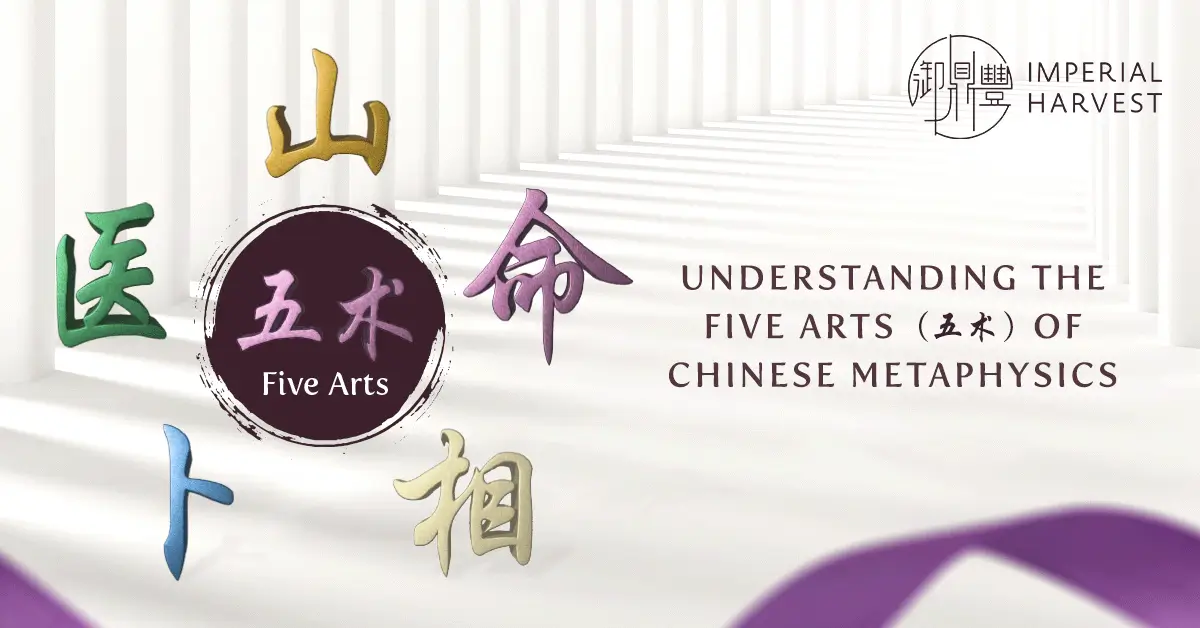Posted by Imperial Harvest on 16 February 2024
Estimated Reading Time: 4 mins
In Chinese metaphysics, the Five Arts (五术) stand as the cornerstone of its philosophy. These arts, defined as Mountain (山), Medicine (医), Divination (卜), Physical Inspection (相), and Destiny (命), capture a well-rounded approach to understanding the secrets of self-improvement and harmonious living.

Key Disciplines within the Art of Mountain
In ancient China, the Art of Mountain transcended mere philosophy. It focused on a holistic discipline and way of life revered by emperors and scholars alike. Going beyond physical strength, it included a range of practices like maintaining dietary habits, meditation, and martial arts. It also encompassed mental strength, with an importance on the refinement of character, mental fortitude, and fostering a deep connection with cosmic energies. These pursuits were not only for personal well-being; they also formed a foundation upon which the ruling elite could govern with wisdom and benevolence.
Traditionally, this was known as a path of self-improvement that saw its practitioners sequestering themselves into mountainous regions, immersing themselves in nature and studying ancient Chinese texts to cultivate the mind. Here, these practitioners devoted themselves to the study of Chinese classics, particularly the foundational works of Lao Zi (老子) and Zhuang Zi (庄子) — later underscoring their philosophies on the principles of Chinese metaphysics.
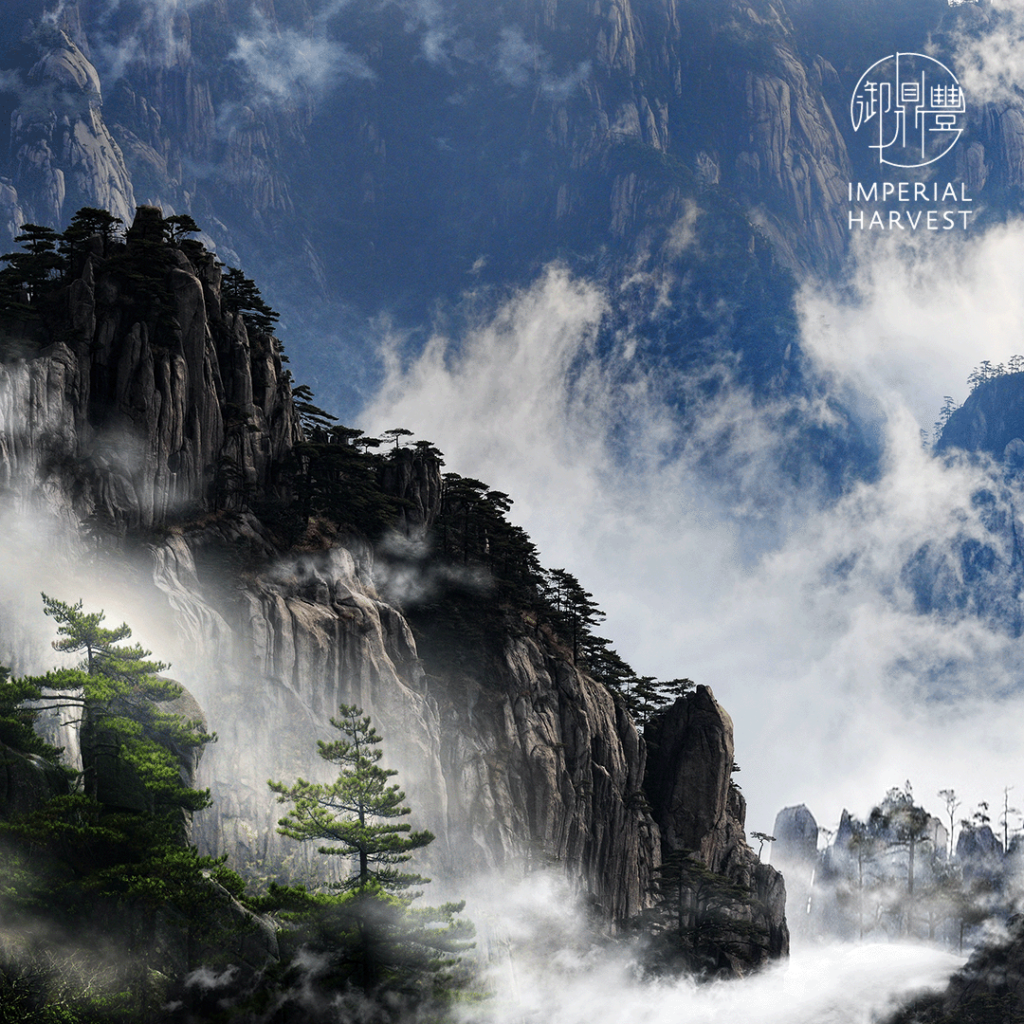
The disciplines associated with this art, such as Ba Gua Zhang (八卦掌), Tai Chi (太極), Xingyi Quan (形意拳), and Taoist meditation, were not just exercises but tools for rulers to cultivate a balance between strength and wisdom. Imperial leaders believed that a harmonious ruler could bring about harmony in the entire empire.
The Art of Mountain represents a rich blend of diverse philosophies and practices, merging mental and physical techniques seamlessly. It focuses on developing a well-rounded personality through the harmonious integration of mind, body, and wisdom derived from the timeless classics of Chinese literature.
Common Misconceptions of the Art of Mountain
Within the imperial court, achieving clarity of understanding stood as the highest priority. Contrary to popular belief, the Art of Mountain was not derived from the observation of mountain landscapes and their influences.
Feng Shui, often mistakenly associated with the Art of Mountain, was acknowledged as a separate discipline within the expansive domain of Chinese Metaphysics. It aligned closely with the Art of Physical Inspection (相), distinct from the principles governing the Art of Mountain.
Tracing the Art of Mountain’s Origins
Originating during the Spring and Autumn Period (771 to 476 BCE), the imperial Art of Mountain in ancient China is rooted in Taoist principles, notably influenced by Lao Tzu’s Tao Te Ching《道德经》. This foundational text not only shaped the philosophy of the Art of Mountain, but became a cornerstone of Taoist thought, exploring themes of morality, governance, military strategy, and health maintenance, predominantly through a political point of view.
During this era, the Art of Mountain embraced lifestyle methods, including meditation (静坐), breathing techniques (气功), martial arts (武功), and Divine Art (道法术). These practices aimed to achieve balance, internal happiness, longevity and a harmonious
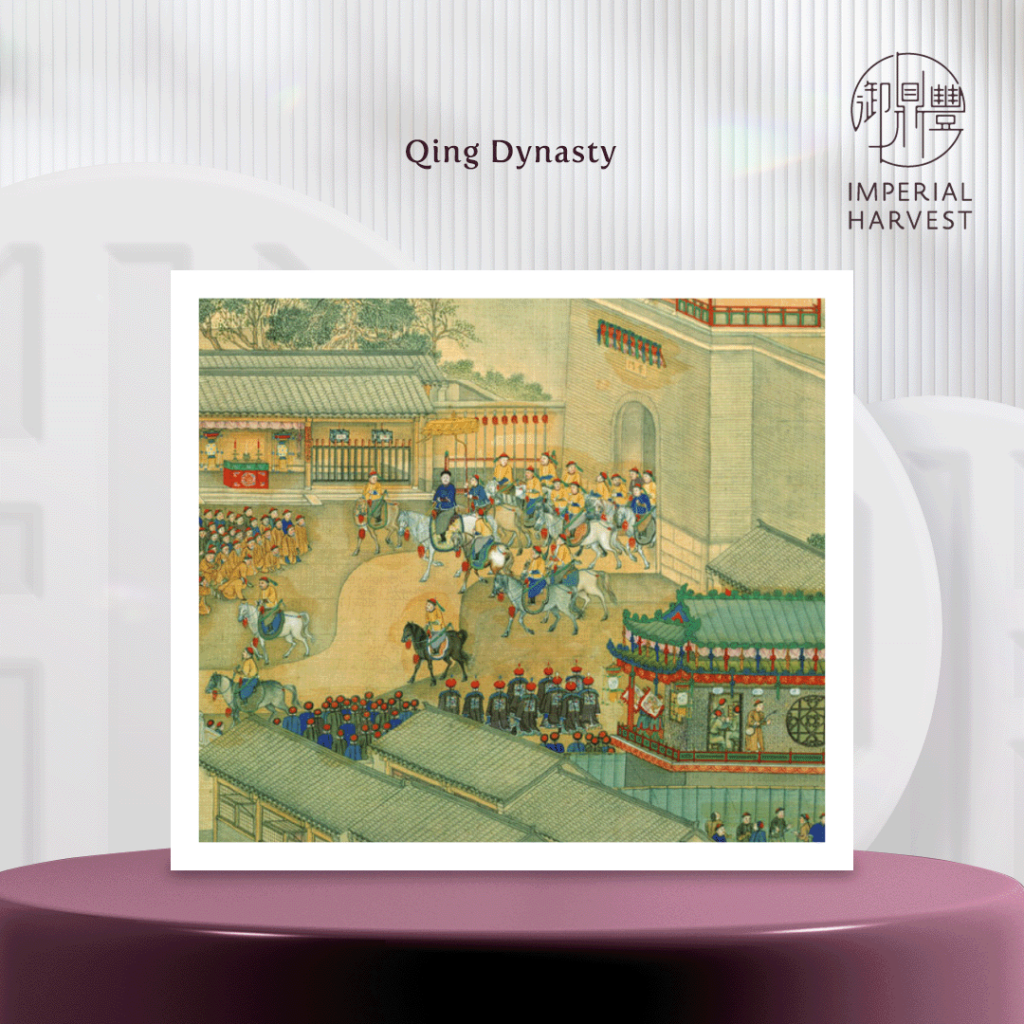
Feng Shui’s Relationship with the Art of Mountain
Yang Yun Song, a luminary of the Tang dynasty, authored several key texts during his seclusion in the mountains, including the Shaking Dragon Classic《撼龙经》, Uncertain Dragon Classic《疑龙经》and Heavenly Jade Classic《天玉经》. He based his observations on his travels through mountainous regions of China, and these principles were formed from his recordings of mountainous villages and communities, and their effects on the populace.
These classics became foundational texts in the study of Chinese metaphysics, contributing to shaping the landscape and destiny of imperial China. In later years, these texts laid the groundwork for the evolution of Imperial Feng Shui studies throughout the Tang, Song, Yuan, Ming, and Qing dynasties. The art and science of Imperial Feng Shui development flourished and reached its pinnacle during the Qing dynasty as key proponents of Imperial Feng Shui like Emperor Kangxi and Emperor Qian Long. They deployed Imperial Feng Shui treasures such as Imperial Feng Shui-grade jadeite, Emperor Kangxi Sandalwood Seal and Emperor Qian Long Jadeite Mountain to help the nation thrive and flourish during their reign.
Modern Applications of the Art of Mountain
In our contemporary landscape, principles of the Art of Mountain have seamlessly woven into modern wellness and fitness routines. Practices like yoga, Tai Chi, and meditation centred on achieving mental and physical balance, drawing richly from the wisdom of this ancient discipline. Martial arts disciplines such as Ba Gua Zhang, Tai Chi, and Xingyi Quan were not only a means of self-defence but were also powerful tools for enhancing overall well-being.
This art’s profound respect for nature resonates with ongoing environmental conservation efforts and sustainable living philosophies. As a result, the Art of Mountain transcends its historical origins, providing invaluable wisdom and methodologies for nurturing holistic health, promoting environmental consciousness and fostering a balanced lifestyle.
In essence, the Art of Mountain within Chinese metaphysics is a rich discipline rooted in ancient Taoist philosophy. Its focus on self-improvement through physical and mental practices has left a profound impact on modern wellness techniques, martial arts, environmental consciousness, and lifestyle philosophies.
Beyond its historical context, the Art of Mountain continues to resonate in contemporary society, promoting holistic well-being and the pursuit of harmonious living.
Imperial Harvest’s expert consultants are always on hand to guide you on your journey and provide you with insights to help you realise your fullest potential. Book a complimentary consultation today or contact us at +65 92301640.
We are located at
For prospective clients:Imperial Harvest402 Orchard Road
Delfi Orchard #02-07/08
Singapore 238876 For existing clients:Imperial Harvest Prestige
402 Orchard Road
Delfi Orchard #03-24/25
Singapore 238876
Related Articles
Most Read Articles
Get to read our life changing articles and get inspired.
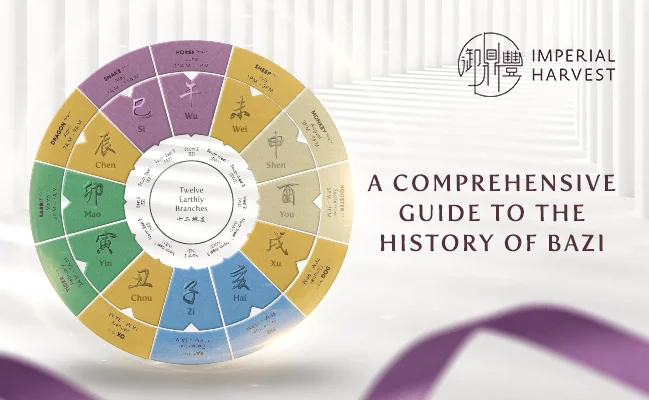
A Comprehensive Guide to the History of Bazi (八字)
Estimated Reading Time: 5 mins Bazi (八字) is often mistakenly assumed as the Chinese counterpart of western Astrology. The similarities between both systems lie in their utilisation of birth dates and time in their calculations, and the ability to be read from a tabulated chart. Where Astrology may take into account the positions of different […]
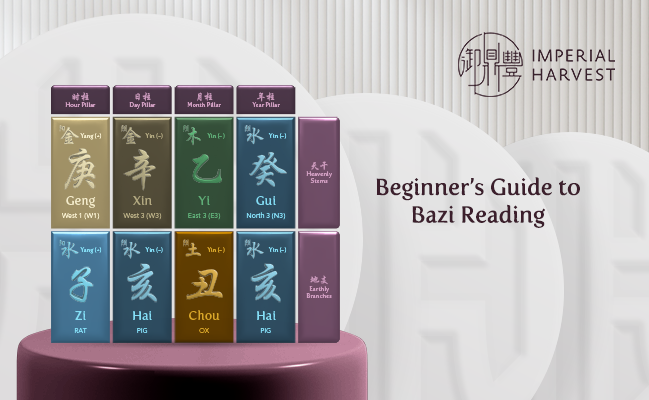
Beginner’s Guide to Bazi Reading
Estimated Reading Time: 5 mins Bazi (八字), or the Four Pillars of Destiny, is a multidisciplinary study in Imperial Feng Shui. It encompasses a well-developed set of metaphysical principles based on planetary influences, the duality of Yin and Yang, and the Five Elements. What is a Bazi Reading? Bazi is an intricate discipline within Imperial […]
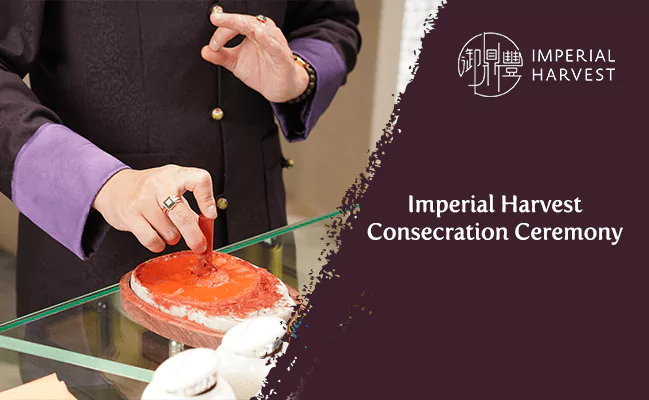
Imperial Harvest Consecration Ceremony
Estimated Reading Time: 5 mins At Imperial Harvest, each earthly treasure undergoes a series of consecration rites performed by Master David, before it is bestowed upon its blessed owner. Every aspect of these sacred Chinese anointing rituals is carefully examined and accurately represented in Master David’s blessings, reflecting Imperial Harvest’s deep respect for these esteemed […]
